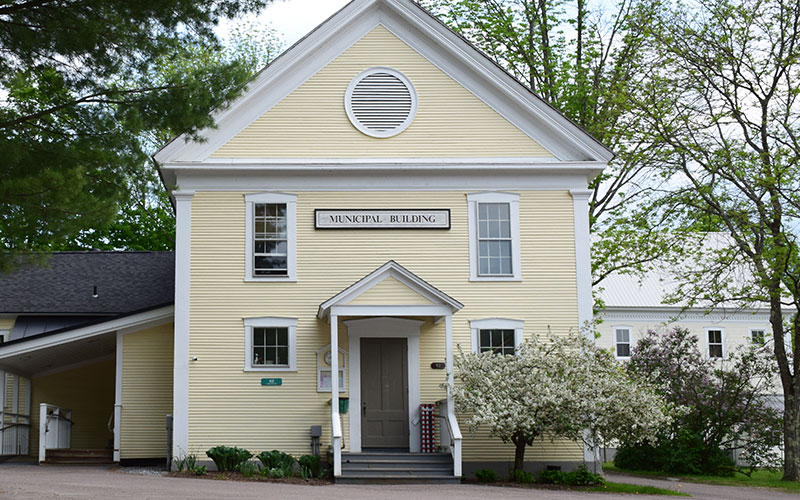The Warren Planning Commission has received so many comments on its proposed rewrite of the town’s land use regulations that the commission chair has a 30-page matrix of input after two informational meetings on the new regs.
In an interview this week, Sanford said that he and his fellow commissioners were pleased with how engaged the public was in the process, thanks in part to the ability to participate via Zoom during the pandemic.
Per statute, towns must update their Town Plans every five years. Town Plans are the aspirational document that a town’s land use regulations then enact. When Warren’s Town Plan was updated a couple of years ago, it received unanimous approval from the select board and the planning commission, with the help of consultants from Place Sense began a district by district review and rewrite of the land use regulations, Sanford explained.
The result is a new set of zoning districts that is simpler and easier to use and which reflect the goals of the Town Plan to concentrate development in already developed and denser areas while protecting the open, forested and agricultural spaces that create the character of the town, he said.
“The zoning districts are the way we implement the goals and objectives of the Town Plan. But the entire package of work also includes of a lot cleaning up of things that have been added or amended over the years,” Sanford said.
REDUCE NUMBER OF DISTRICTS
Beyond cleanup, the new districts reduce the number of zoning districts by combining some existing districts. For example, on the Sugarbush Access Road from the bottom to the top, there are currently five zoning districts. The new regs combine five districts into two -- resort mixed use and resort residential. Currently, the land near the bottom of the access road up to Fortna Road is rural residential. Then it is vacation residential on the left up to Inferno Road. The right side is rural residential until just before German Flats where the German Flats commercial district begins and runs up to the Bridges Resort when both sides of the road become Sugarbush Village commercial. Beyond Lincoln Peak is the Sugarbush Village residential district.
That’s just one example of the work the planning commissioner has undertaken. Additionally, by articulating specific uses allowed in each district the new regs will reduce the number of uses and types of development that must be approved by the town’s development review board which will make it easier for landowners and developers to pursue projects, Sanford said.
Another change was to split the current rural residential district into a residential district and a rural district with different minimum lot sizes for each – 1 acre and 5 acres, respectively. The goal here is to recognize that residential land is suitable for a variety of housing and lower impact business and recreational uses while the rural district is more protective of forests and farmlands with a goal of keeping the impacts of development low, according to a video by Camilla Behn on the planning commission’s website.
VIDEOS
The planning commission’s website includes videos of each commissioner explaining one of the districts and the commission’s reasoning behind them. Those videos plus links to each district with explanations of what is allowed in each district can be found here: http://planning.warrenvt.org/
Sanford said the commissioners feel that the new ordinance reflects the priorities of townspeople to preserve the character of the town and to take a strong environmental bent.
“Friends of the Mad River and the Warren Conservation Commission have made their presence and concerns known very strongly. We took all their recommendations seriously and included some in the new ordinance, and some we didn’t,” he said.
He said that the process so far has been very iterative and said that there are still plenty of opportunities for people to weigh-in including two formal planning commission public hearings and two formal select board hearings.
“We’re really trying to get the town involved in the decision-making process.








